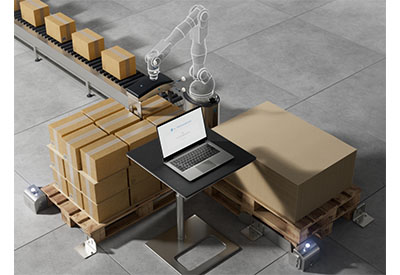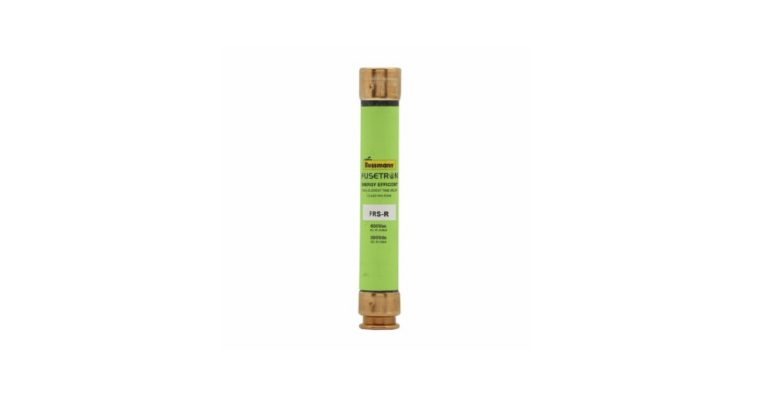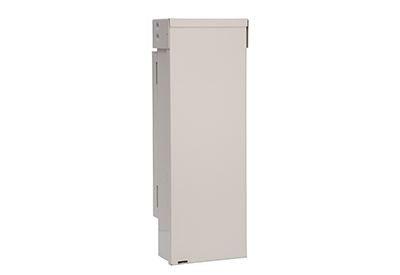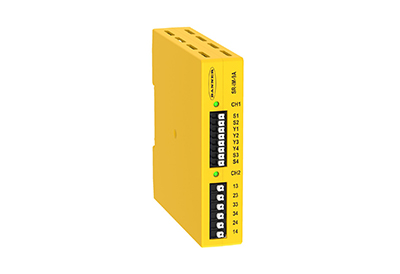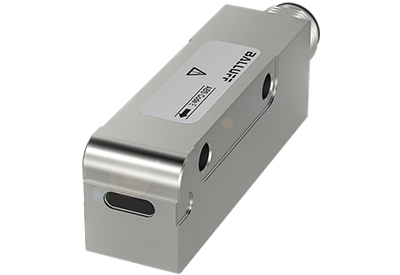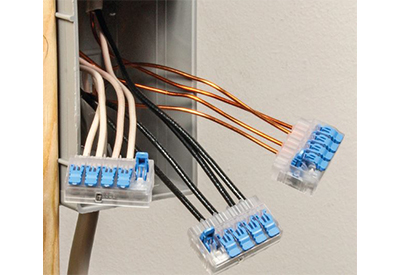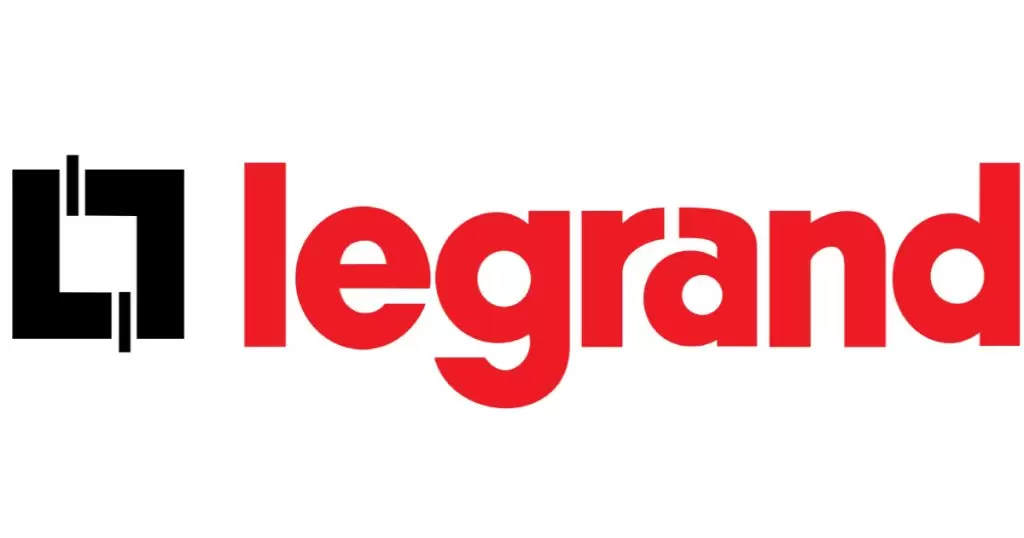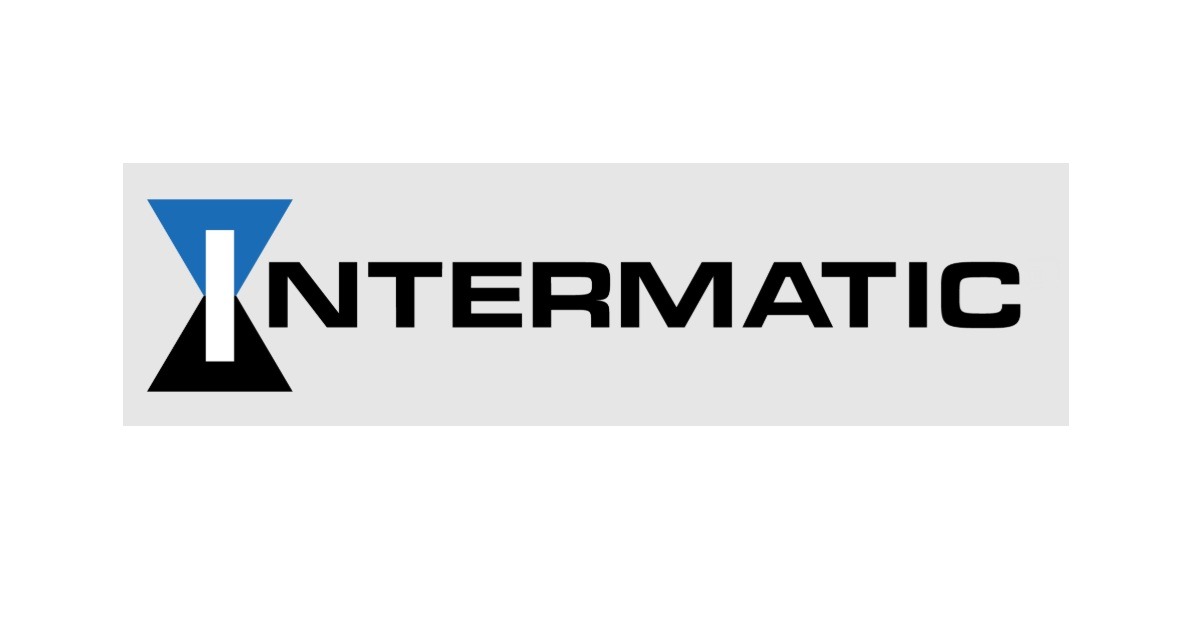Rittal Presents Enclosure Heaters Especially for the Canadian Winter
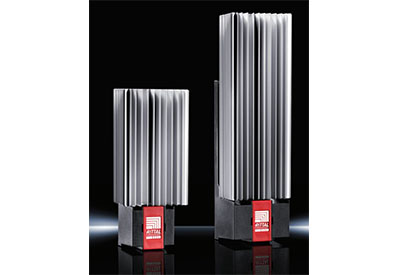
February 10, 2022
Industrial enclosures are often in outdoor environments where weather conditions and other hazards are very real challenges. These are intensified when you add extreme cold and the necessity to provide adequate heating for these enclosures to protect the electronics inside. As with enclosure cooling solutions, targeted enclosure heating with the appropriate thermal output, efficient energy consumption, and flexibility for use in a variety of applications are mission-critical for the durability and longevity of industrial enclosures to weather the winter months.
How enclosure heaters work
Before you can decide whether an industrial enclosure heating solution is right for your application, let’s first take a look at how enclosure heaters work to combat the buildup of frost, ice, and condensation, as well as maintaining an optimal operating temperature for enclosed electronics.
With an enclosure heater, a PTC resistor converts electricity into a heat source. This resistor increases its resistance while the electric current decreases, which in turn decreases the enclosure temperature. Essentially, the PTC resistor functions as an acceleration pedal with a governing device on it to provide the appropriate thermal output while at the same time helping to ensure the electronics inside do not overheat and are not subjected to elevated temperatures that would hamper performance.
Optimal heating outputs
Calculating the optimal temperature to help prevent the enclosure from overheating while maintaining peak efficiency can be something of a delicate dance, especially depending on the severity and duration of the cold to which the enclosure is exposed. A relatively simple equation can help you identify the right heating output to optimize performance and enhance service life:
- – Calculated enclosure area A = 4.38 m²
- – Desired temperature in the enclosure Ti = +10 °C
- – Minimum ambient temperature Tu = -5 °C
- – Heat transfer coefficient k = 5.5 W/m²K
With these variables and a formula framework of “Pverw = k x A x (Ti-Tu),” it can be determined that optimal heating output for an industrial enclosure of this nature should be 361 watts. Of course, there are other contextual elements that could slightly alter this output projection, but a basic understanding of how enclosure heaters work and this equation for determining thermal output gives you a leg-up on identifying the right solution for your application.
Considerations for installing an enclosure heater
Some of the more common applications for industrial enclosure heating solutions include traffic guidance or light systems, toll booths, sewage treatment plants, large-scale mobile hotspots or smartphone technology, and charging stations for electric vehicles. While each of these applications is quite different, there are a handful of important considerations for installing any enclosure heating solution that can determine efficiency and effectiveness.
Proper heater installation procedure includes:
- – When installing enclosures outdoors, the capacity must be doubled
- – Positioning the heater as low as possible inside the enclosure
- – Installing the heater beneath the electronics that require targeted heating
- – Ensuring the distance between the heating solution and the bottom of the enclosure must be at least 100 mm
- – Allowing adequate free space around the heating solution
- – Depending on the application, a thermostat and/or hygrostat should be used
The modular design and engineering of Rittal’s enclosure heating solutions not only account for these installation guidelines, but Rittal’s enclosures heater provide a variety of fan integration options, continuous thermal output with a variety of BTU/hr capabilities, dynamic thermostat interfaces, and aluminum construction for ease of installation.
In addition, Rittal’s enclosure heaters combine innovative state-of-the-art targeted heating with the ability to scale your heating solution no matter the application to regulate relative humidity, prevent temperatures from dropping below optimal dewpoints, and help eliminate corrosion and other electrical failures from condensation buildup.
Download the Enclosure Heater Flyer HERE.

